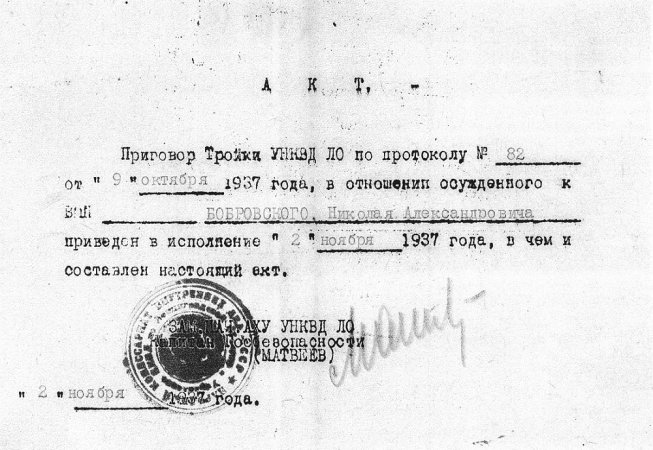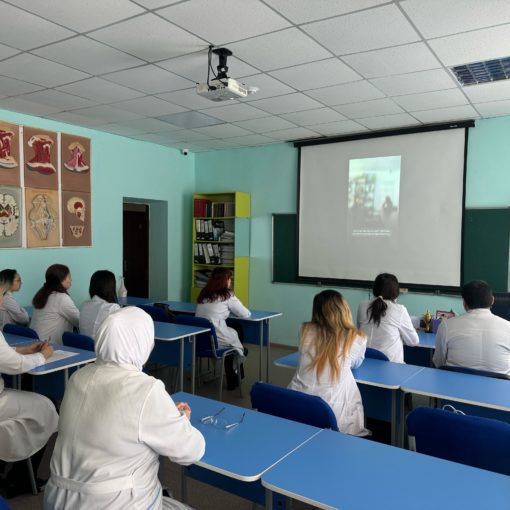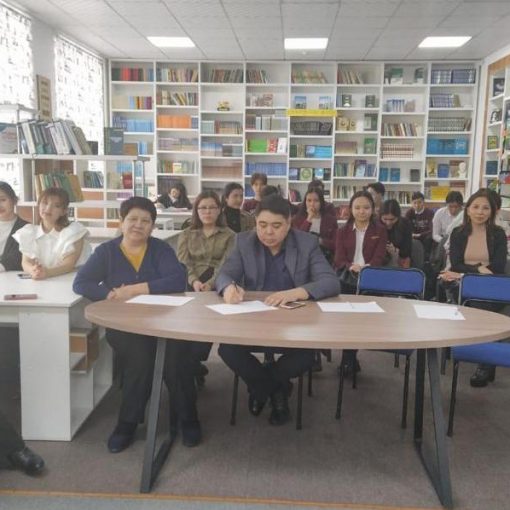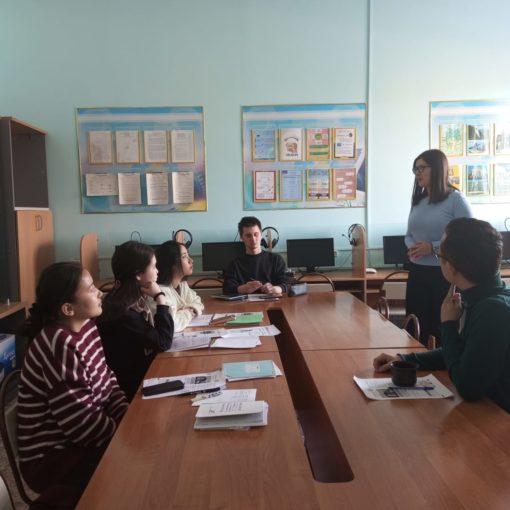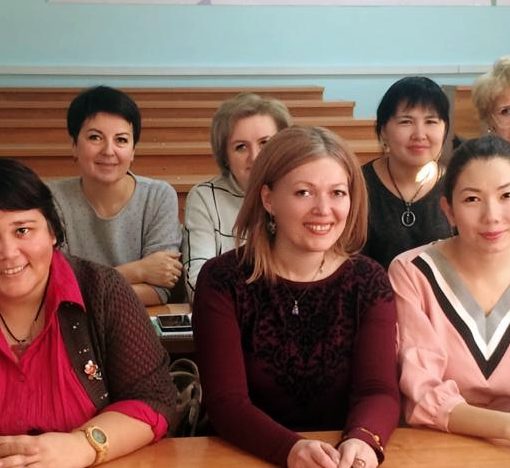These bodies were created to carry out the operation of repression of “anti-Soviet elements. They operated in the USSR from August 1937 to November 1938.
They consisted of three people – the chief, the secretary of the Regional Committee and the prosecutor. Hence the name, “troika. As a rule, they worked “after-hours,” after their main job. Their activity was carried out in accordance with the Operative Order No. 00447 of the People’s Commissar of Internal Affairs of the USSR dated 30 July 1937 “On Operation for the Repression of Former Kulaks, Criminals and Other Anti-Soviet Elements” consisting of the head of the USSR NKVD Department for the Republic (Region, Region), the Secretary of the Regional Committee of the All-Union Communist Party and the Republic (Region, Region) Prosecutor. “Troikas” could sentence arrested persons to execution and imprisonment in camps or prisons for a period of 8 to 10 years. There were limits on these punishments for each region of the Soviet Union.
Sentences of execution were carried out “in complete secrecy regarding the time and place of execution. Even the relatives did not know about the sentence, they were only told “not in prison. Later the phrase “ten years without the right of correspondence” appeared.
Members of the Special Troika of the NKVD of the Kazakh SSR
Central Office
Lev Borisovich Zalin, People’s Commissar of Internal Affairs. Released from the post on 20.01.1938.
Levon Isayevich Mirzoyan, 1st secretary of the CC CP (b) of Kazakhstan. Arrested in May, 1938.
Uraz Dzhanzakovich Isayev, the chairman of SNC of KazSSR. Arrested on 31.05.1938.
Sadyk Nurpeisovich Nurpeisov, 2nd secretary of the CC CP (b) of Kazakhstan. He was dismissed in April 1938.
Karaganda region.
Andrei Adamovich Adamovich, head of UNKVD. Was relieved from his post in June 1938.
Grigory Yemelyanovich Dukhovich, Deputy Head of UNKVD. Further fate is unknown.
Gdaliy Isaakovich Pinkhasik, 1st Secretary of the Regional Committee. Withdrawn from his post in May 1938.
Bržan Mankin, 2nd Secretary of the Regional Committee. Released from his post in October 1937.
Decisions were taken by “troika” in absentia, on the basis of the case-materials presented by the institutions of the NKVD; and in some cases, in the absence of any material, on the basis of the presented lists of persons arrested. The procedure of the examination of the cases was free; no minutes were kept. A characteristic feature of the cases examined by the “troikas” was the minimum number of documents, on the basis of which the decision to impose a repression was made.
There was a cardboard cover with a typographic inscription “Top Secret. The usual contents were: a ruling of arrest, a single report of the search and arrest, one or two reports of the interrogation of the person arrested, and an indictment. Next, in the form of a table of three cells on half a sheet, comes the decision of the “troika,” which was not subject to appeal. As a rule, the final document in the case was the act of enforcing the ruling.
The absolute majority of the troika members were repressed during the period of the Great Terror, a large part of them before November 1938, that is, they were repressed by the troika members who had been their members before. In a joint resolution of the Central Committee of the VKP(b) and SNK of the USSR it was noted that as a result of simplified investigation “NKVD workers completely abandoned the agent and informational work”, that in the work of “troikas” occurred “irresponsible attitude to investigative proceedings and gross violations of procedural rules established by law,” a number of former NKVD workers “consciously perverted the Soviet laws, committed forgery, falsified investigation documents, prosecuted and arrested on trivial grounds and even without any grounds created “cases” against innocent people with provocative purpose, and at the same time took all measures to conceal and save from destruction their accomplices of criminal anti-Soviet activity.
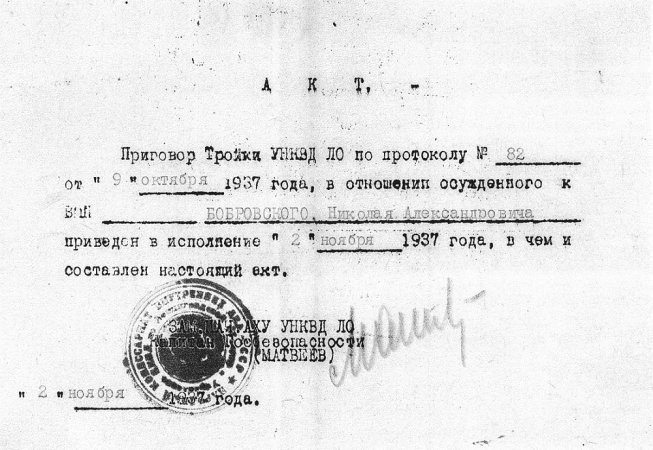
NKVD order from 30.07.1937 № 00447
“I. CONTINGENTS SUBJECT TO REPRESSION.
- Former kulaks who have returned after serving their sentences and who continue to engage in active anti-Soviet subversive activities.
- Former kulaks who escaped from camps or labor camps, as well as kulaks who escaped from kukulakization and who are engaged in anti-Soviet activities.
(3) Former kulaks and socially dangerous elements who were members of rebel, fascist, terrorist and bandit formations, who had served their sentences, who had escaped repression or escaped from places of detention and who were resuming their anti-Soviet criminal activity.
- Members of anti-Soviet parties (SRs, Gruzmeks, Mussavatists, Ittihadists and Dashnaks), former whites, gendarmes, officials, punishers, bandits, gangsters, ferrymen and re-emigrants who escaped repression, escaped from prison and continued to engage in active anti-Soviet activities.
- The most hostile and active participants of the now liquidated Cossack and White Guard insurgent organizations, fascist, terrorist and espionage-sabotage counterrevolutionary formations, exposed by investigative and verified agency materials.
Also subject to repression are those elements in this category who are at the present time in custody, whose cases have been investigated but whose cases have not yet been considered by the judicial authorities.
- The most active anti-Soviet elements of the former kulaks, punishers, bandits, whites, sectarian activists, churchmen and others, who are now being held in prisons, camps, labor settlements and colonies and who continue to carry out active anti-Soviet subversive work there.
- Criminals (bandits, robbers, recidivist thieves, professional smugglers, recidivist swindlers, cattle rustlers) engaged in criminal activity and connected with criminal circles.
Also subject to repression are those elements in this category who are currently in custody, whose cases are being investigated but whose cases have not yet been considered by the judicial authorities.
- Criminal elements in camps and labour settlements which are engaged in criminal activities.
- Subject to repression are all the above-mentioned contingents present in the countryside – on collective farms, state farms, agricultural enterprises and in the city – in industrial and commercial enterprises, transport, Soviet institutions and construction work.
II. ON THE MEASURES OF PUNISHMENT TO BE INFLICTED ON THE REPRESSED AND THE NUMBER OF THOSE TO BE REPRESSED.
- All repressed kulaks, criminals and other anti-Soviet elements are divided into two categories:
(a) The first category includes all of the most hostile of the elements listed above. They are subject to immediate arrest and, after the examination of their cases at the troika – to FIRED.
b) To the second category belong all the other less active, but still hostile elements. They are subject to arrest and imprisonment in camps for 8 to 10 years, and the most vicious and socially dangerous of them, to imprisonment for the same period, as determined by the troika.
NKVD Order No.00447 of 30.07.1937″.
From October 1, 1936 to November 1, 1938 bodies of the NKVD of the USSR arrested 1,565,041 persons. Including 702,656 persons were arrested under NKVD order No. 00447. During this time 1,336,863 persons were convicted, of whom 668,305 – about 50% – were sentenced to execution. In Kazakhstan in 1937-1938 1284 people were convicted according to “Stalin’s lists”: 1,105 people were sentenced to the highest penalty, 179 people – to 10 years of imprisonment. There were 22 women among the convicts and 13 of them were sentenced to death.
Source: https://novoetv.kz/

